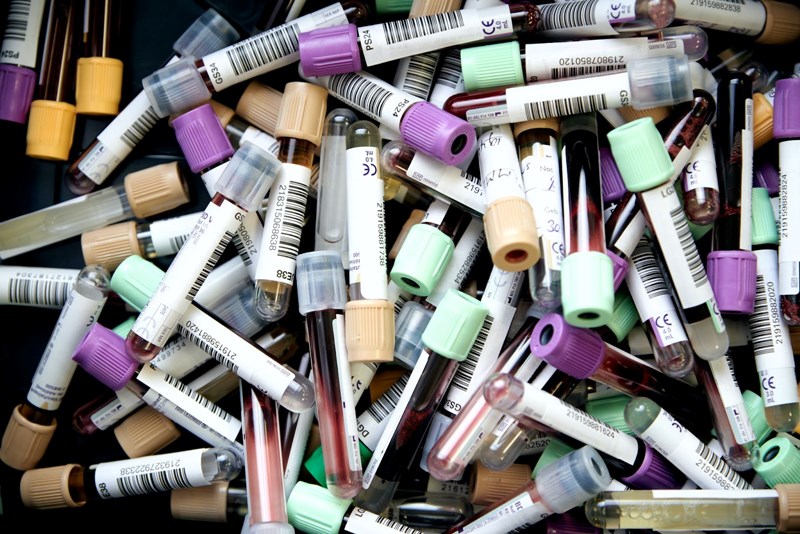Introduction
Everyone wants their child to be safe and stay healthy. The parents can do everything for their child under any circumstances. This comes out of cord blood relations and intense love for them. We all have the same notion of doing it properly and saving our children from danger.
The cost does not matter when we love someone intensely. Cost does not come in the count, especially when it is a matter of life and death. We are living in a world where getting sick is common for us. This is why healthcare emergencies are the most serious of all. When a new baby is born, we would like to do everything for them. However, most of us forget to store cord blood to save our future.
Not every child is born healthy, but some come with blood diseases, and in those cases storing cord blood is a viable solution and a prominent healthcare investment. Here we will focus on the worth of cord blood banking and if it is justified enough for the cost of banking.
What Is Cord Blood Banking?

After a new baby is born, their umbilical cord is still attracted to their mother’s placenta. Meanwhile, the cord blood and stem cells remain in the process.
Before the doctor cuts the baby’s umbilical cord, try to call a cord blood bank that can easily come to your place and collect the cord blood, including the stem cells, if you want.
This collection process is the first step of cord blood banking. After that, they take it with a smooth transit to their lab to store your baby’s cord blood for almost 20 years.
Why Is Cord Blood So Valuable?
This is a once-in-a-lifetime opportunity for any parent to save their child’s future. Though the chances of getting into such a situation without any blood-related issues are very low: almost 0.005 to 0.04 percent.
However, cord blood banking is a chance that you need to take for the sake of your baby’s health. The umbilical cord contains a supply of stem cells. These stem cells are capable of creating new stem cells in the body.
These particular stem cells are prominent enough to deal with almost 80 critical blood diseases.
What Are The Odds Of Using Your Own Cord Blood?

The percentage of using cord blood for your child’s own treatment is very low. However, this doesn’t mean you will not go for it. We do not know what our future will bring to us. If your child has a special condition with blood issues, then storing cord blood with private banking is the only solution left. In other cases, you will still be able to go for brain injuries, autism, diabetes, cerebral palsy, spinal cord injuries, and liver disease in the future.
Though the research is not completed yet on these issues, cord blood banking is going to be a big factor in the near future. And the best factor is that you can use cord blood for any family member who is suffering from diseases like leukemia.
Where Should You Store It?
Storing the cord blood is the main confusing area. However, we have two prominent solutions, and we need to choose between the two according to our priorities.
Going for public cord blood banks will not guarantee your future usage, but you can see it as a charity for free to save someone else’s life.
On the other hand, considering the cost, private cord blood banks guarantee cord blood storage only for you and your family members. So, whenever you need it, you will get it, as you are paying for it.
Why Is The Cost So High?
There are suitable cord blood banking payment plans available for you. However, that does not change the fact that you have to pay almost $4,000 to $8,000 over the course of 20 years to store it prominently in a private cord blood bank for your child.
This particular financial investment is a high burden for middle-class families. However, if done properly by following a suitable investment process, you will get the value for your investment.
The cost is high because the demand is high and rare.
Still, if you are wondering about the high cost, we will serve you some of the crucial steps which consider it to be a prominent healthcare solution despite the cost.
- Fungal and bacterial infection check.
- Extract the stem cells.
- Cell viability checking for producing new cells.
- Cost to transport.
- Cryogenic storage of blood for almost 20 years.


